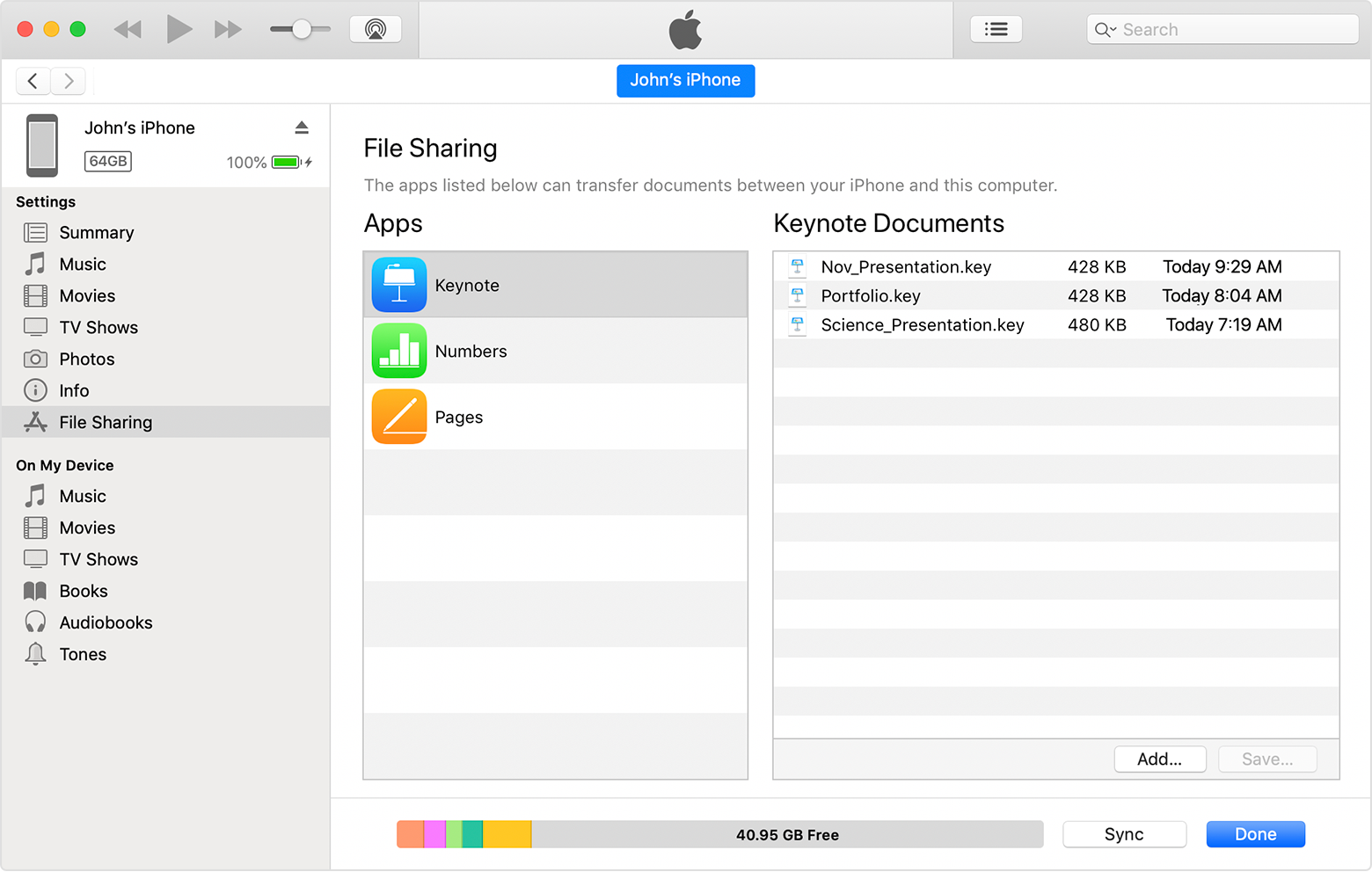

- #Mac file sharing protocol for mac#
- #Mac file sharing protocol mac#
- #Mac file sharing protocol windows#
For these users, the only option is to share over SMB, which has its limitations.
#Mac file sharing protocol mac#
It only limits Mac users who want to share a local folder on a disk formatted with APFS.

In addition to the HFS+ system that it's used since 1998, it supports the new Apple File System, written APFS for short.
#Mac file sharing protocol for mac#
Some background: In macOS 10.13 High Sierra, Apple added support for a new file system for Mac disks.
#Mac file sharing protocol windows#
At its core, Acronis Files Connect is an AFP server that runs on Windows servers and enables Macs to connect to file shares and NAS via AFP and take advantage of all the benefits that this protocol presents (plus many other innovative features such as automated mounting of file shares, simultaneous Spotlight search of multiple shares, easy management of network printers, and much more). This is why Acronis Files Connect is so popular. This is especially important because AFP continues to be the most trouble-free way to give Mac users access to file servers and NAS and remains the only option for empowering your users with lightning fast, full-content file search. While not being able to share local folders with AFP, Macs running macOS 10.13 continue to include the expected ability to connect to external AFP file shares.

When this change was announced, many in the Mac community feared Apple was removing support for AFP completely. This limitation typically does not impact business or educational users, who connect to external file shares on servers and NAS, rather than share out their own personal file shares. With the introduction of APFS, the Apple File Sharing method became unavailable. In the past, it was also possible to choose between Windows File Sharing (using the SMB file sharing protocol) or an Apple File Sharing (using the AFP protocol). Macs have long allowed their users to select a local folder on their hard drive and offer it as a network share so that it can be accessed from other computers. While this change is invisible to most Mac users, it did have an impact on the Mac’s options for sharing local folders on the network. Any Mac upgraded to 10.13 is automatically converted to use APFS, while keeping all existing data intact for a seamless upgrade. With the release of macOS 10.13 High Sierra in 2017, Apple made APFS the default file system for all Macs running this new OS. In order to use this file system, you had to completely reformat your Mac and reinstall the OS, and it was not used on newly shipped Macs, so it really only served as a beta for those who were especially motivated to try it out. When Apple introduced macOS 10.12 Sierra in 2016, they included an option to format your Mac’s hard drive with a new file system called Apple File System (APFS). For some time, the hard drives on Macs have used a file system called HFS+.


 0 kommentar(er)
0 kommentar(er)
